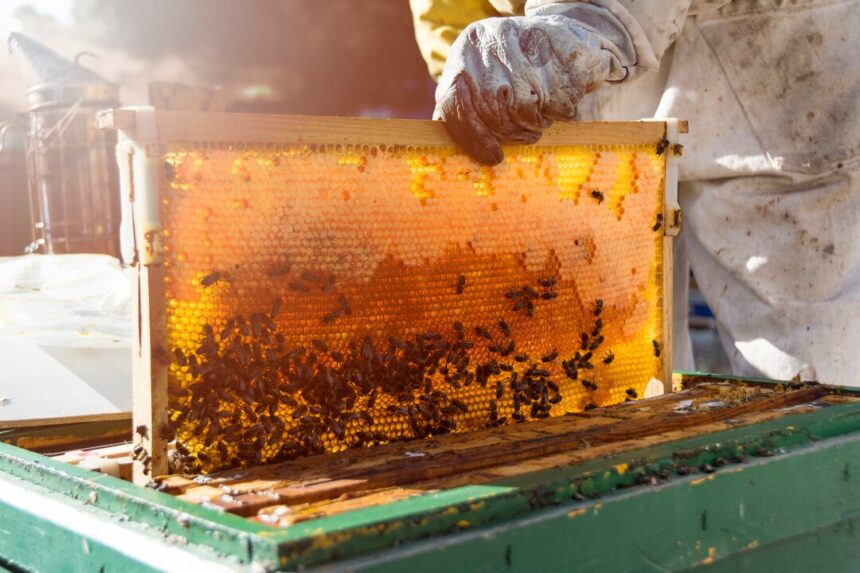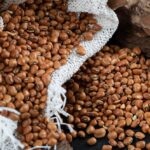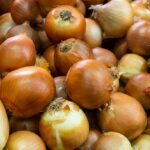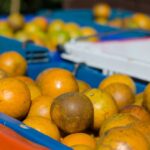Beekeeping, or apiculture, is an essential agricultural activity in South Africa. It contributes to food security through pollination and provides farmers with honey, wax, and other by-products. While beekeeping can be rewarding, many farmers make mistakes that affect hive productivity and bee health. Here are 10 common mistakes and how to avoid them.
1. Starting Without Adequate Knowledge
One of the biggest mistakes is diving into beekeeping without proper education. Beekeeping requires understanding bee biology, hive management, and local regulations.
Solution: Attend workshops, read beekeeping manuals, and join local beekeeper associations to learn the basics before starting.
2. Choosing the Wrong Location for Hives
Placing hives in unsuitable locations can stress the bees, reduce productivity, and increase risks like theft or predation.
Solution: Choose a location with abundant flowering plants, shade, and a reliable water source. Ensure the site is safe from high winds, flooding, and excessive human activity.
3. Ignoring Hive Inspections
Neglecting regular hive inspections can lead to problems like disease outbreaks, pest infestations, or queen loss.
Solution: Inspect your hives every two to three weeks. Look for signs of disease, pests like varroa mites, and ensure the queen is healthy and laying eggs.
4. Overharvesting Honey
Taking too much honey from the hive leaves the bees without enough food, especially during the winter or drought periods.
Solution: Only harvest excess honey, leaving at least 8-10 kilograms per hive for the bees to survive lean seasons.
5. Using Incorrect Equipment
Inadequate or poorly maintained equipment can harm bees and reduce efficiency.
Solution: Invest in quality equipment such as protective gear, smokers, hive tools, and bee-friendly hives. Regularly clean and maintain your tools.
6. Failing to Manage Pests and Diseases
Pests like wax moths, varroa mites, and diseases like American foulbrood can devastate colonies if not controlled.
Solution: Implement integrated pest management strategies, such as hive traps for pests and regular inspections to identify early signs of disease. Use approved treatments when necessary.
7. Neglecting Bee Nutrition
Bees require a variety of pollen and nectar sources to stay healthy. Monoculture farming or lack of flowering plants can lead to malnourished colonies.
Solution: Plant bee-friendly plants like sunflowers, lavender, and indigenous South African species. Consider supplemental feeding during nectar shortages.
8. Poor Queen Management
A weak or absent queen can destabilize the hive, reducing productivity and increasing the risk of colony collapse.
Solution: Monitor queen health during inspections. Replace weak or old queens promptly with young, vigorous ones to maintain a strong colony.
9. Overcrowding Hives
Overcrowded hives increase the risk of swarming, which can reduce the number of bees available for honey production and pollination.
Solution: Provide adequate space by adding supers when the hive is full. Split large colonies to prevent swarming and create new hives.
10. Failing to Adapt to Local Conditions
Some farmers use beekeeping practices from other regions without considering South Africa’s unique climate, flora, and bee species.
Solution: Use practices suited to South African conditions. Work with indigenous bee species like the African honeybee (Apis mellifera scutellata), which is well-adapted to the local environment.
Beekeeping is a valuable venture for South African farmers, but avoiding these common mistakes is crucial for success. By educating yourself, maintaining healthy hives, and adapting to local conditions, you can enjoy the benefits of productive colonies. Healthy bees mean better pollination, higher yields, and a sustainable source of income through honey and other bee products.







